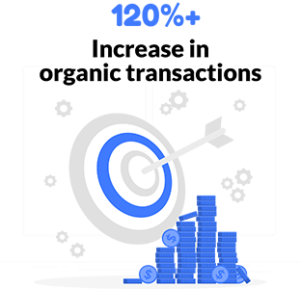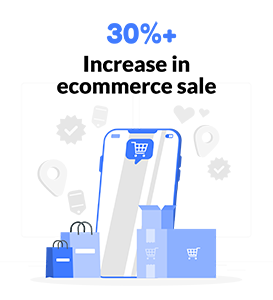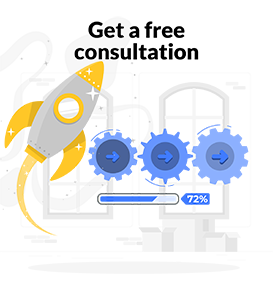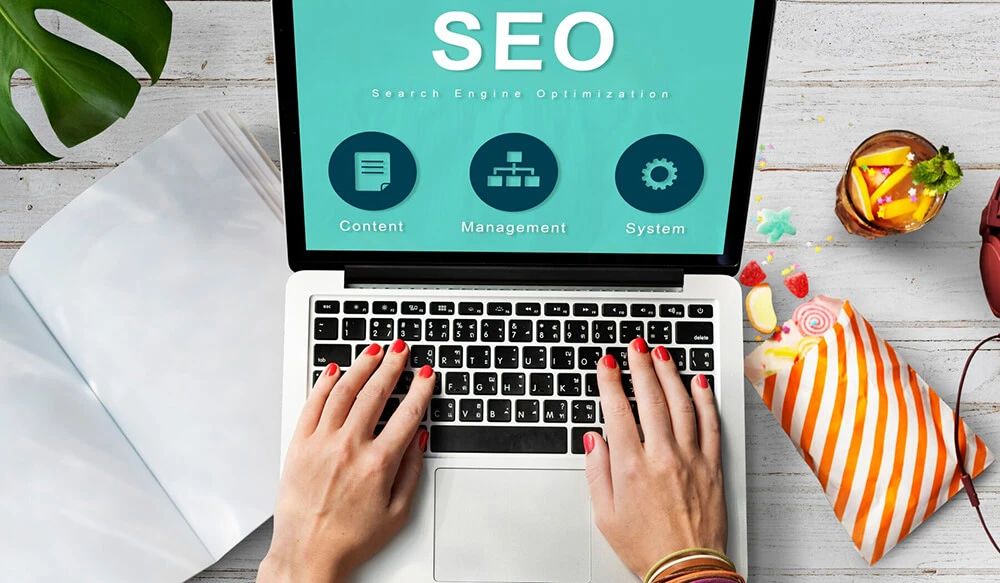What is digital marketing?
As the digital world continues to evolve, so does digital marketing. With the emergence of new technologies and platforms, it’s no surprise that businesses are taking advantage of these mediums. So, they reach their target audience and grow their business. But what is digital marketing? Digital marketing is a form of marketing that uses the internet and other digital technologies. For example, phones, tablets, and computers to reach customers. It involves creating campaigns that are tailored to specific audiences and utilizing platforms like search engines, content sites, emails, and social media channels to drive engagement and conversions. In this blog post, we’ll dive deeper into what digital marketing is and how it can be used successfully within your organization.
What Is Digital Marketing?
Digital marketing is the process of using digital technologies to promote a product or service. It can be done through a variety of channels, including email, websites, social media, and more. The goal of digital marketing is to reach a large audience in a short amount of time and to create an interaction between the company and the customer.
It has become one of the most popular ways to advertise. It is because it offers many benefits over traditional marketing methods. For one, it’s much cheaper to advertise online than it is to advertise through traditional channels like television or print media. Secondly, digital marketing allows you to target a specific audience with laser precision. You can make sure that your ads are only seen by people who are interested in what you have to say. Lastly, digital marketing is extremely versatile. You can use a variety of techniques to reach your target audience and you can do so at any time of day or night.
Different types of digital marketing
There are many different types of digital marketing. Some of the most common are search engine optimization (SEO), pay-per-click (PPC) advertising, social media marketing, and content marketing. SEO is the process of optimizing your website so that it ranks higher in search engine results pages (SERPs). PPC advertising is a form of paid advertising where you pay each time someone clicks on your ad. Social media marketing refers to the process of promoting your product or service on social media platforms like Facebook, Twitter, and Instagram.
The Benefits of Digital Marketing
Digital marketing is one of the most efficient and effective ways to market your business. Here are some of the benefits of digital marketing:
- You can reach a large audience with it. With traditional marketing methods, such as television or print ads, you are limited to a certain geographical area. With digital marketing, you can reach people all over the world with just a few clicks.
- It is more cost effective than traditional marketing methods. You don’t have to spend money on printing costs or airtime.
- You can track the results of your online campaigns in real time. This allows you to adjust your campaigns on the fly to maximize results.
- It is interactive. You can use it to build relationships with your customers and prospects through email, social media, and other channels.
- It is targeted. You can use it to target specific demographics, interests, and even individual customers with laser precision.
How to identify your channels & assets?
Digital marketing channels are the platforms and assets used to reach and engage customers online. There are many different digital marketing channels, each with its own strengths and weaknesses. The most important thing is to identify which channels will work best for your business.
To identify your digital marketing channels, start by thinking about your goals. What do you want to achieve with your digital marketing? Once you know your goals, you can match them up with the appropriate channels. For example, if you want to increase brand awareness, you might use social media or display advertising. If you want to generate leads, you might use email marketing or pay-per-click advertising. If you want to increase sales, you might use ecommerce or retargeting.
Asset inventory
Once you’ve identified which channels will work best for your business, take inventory of your assets. What do you have to work with? Do you have a website? A blog? A strong social media following? A large email list? These are all valuable assets that can be used to reach and engage customers online.
Now that you have a better understanding of digital marketing channels and assets, you can start creating a plan for how to best use them to reach your target customers.
Now that you have a better understanding of digital marketing channels and assets, you can start creating a plan for how to best use them to reach your target customers.
The Pros & Cons of Digital Marketing
Digital marketing is the process of using digital channels. So, you can promote or market products and services to consumers and businesses.
There are many advantages of using digital marketing over more traditional methods. For example, print or television advertising. One major advantage is being trackable. This means that businesses can see how many people have interacted with their campaign. They can also see, what kind of response they received and whether it led to any conversions (sales or leads). This data allows businesses to fine-tune their marketing efforts for maximum impact.
Another advantage of digital marketing is that it is relatively cost-effective. Once a business has developed an effective marketing strategy, then the ongoing costs are often quite low. Additionally, there are a variety of free or low-cost tools that businesses can use to create and deliver high-quality campaigns.
There are many advantages of using digital marketing over more traditional methods. For example, print or television advertising. One major advantage is being trackable. This means that businesses can see how many people have interacted with their campaign. They can also see, what kind of response they received and whether it led to any conversions (sales or leads). This data allows businesses to fine-tune their marketing efforts for maximum impact.
Another advantage of digital marketing is that it is relatively cost-effective. Once a business has developed an effective marketing strategy, then the ongoing costs are often quite low. Additionally, there are a variety of free or low-cost tools that businesses can use to create and deliver high-quality campaigns.
Potential disadvantages
However, there are also some potential disadvantages to using digital marketing. One potential drawback is that it can be difficult to stand out in a crowded online space. With so many businesses vying for attention online, it can be hard to make your voice heard above the noise. Additionally, some consumers may be suspicious of online advertising and view it as intrusive or spammy. This skepticism can make it difficult to generate leads and sales from digital marketing campaigns.
Digital Marketing vs. Inbound Marketing
Digital marketing and inbound marketing are two terms that are often used interchangeably. Yet, they actually refer to two different types of marketing.
It is a broad term that refers to any type of marketing that uses digital channels. For example, email, social media, search engines, or website banner ads. Inbound marketing, on the other hand, is a specific type of digital marketing that focuses on using content to attract customers. So, you can lead them through the sales funnel. It is a more specific type of marketing that focuses on attracting customers to your business through:
- Content marketing
- Search engine optimization
- And other forms of organic lead generation.
So, what’s the difference between digital marketing and inbound marketing?
Digital Marketing
- Uses digital channels to reach potential customers
- Can include various strategies, such as email marketing, social media advertising, or search engine optimization (SEO)
- The goal is to generate leads and awareness for your product or service
Inbound Marketing
- Focuses on creating helpful
content that attracts customers to your business - The goal is to build relationships with potential customers and eventually convert them into paying customers
- Uses various digital channels, such as SEO, blogging, or social media
Which one is right for your business?
The answer depends on your goals and objectives. If you’re looking to generate leads and drive traffic to your website, then digital marketing might be a better option for you. However, if you’re more focused on building long-term relationships with your customers and providing them with valuable content, then inbound marketing might be a better fit.
Final words
Ultimately, it’s up to you to decide which type of marketing strategy is best for your business. But whichever route you choose, both digital marketing and inbound marketing are powerful tools that can help you reach your goals.
Curious about the ins and outs of digital marketing?
Subscribe to our email newsletter for the latest digital marketing insights, and also make sure to read our blogs. See you next time!
